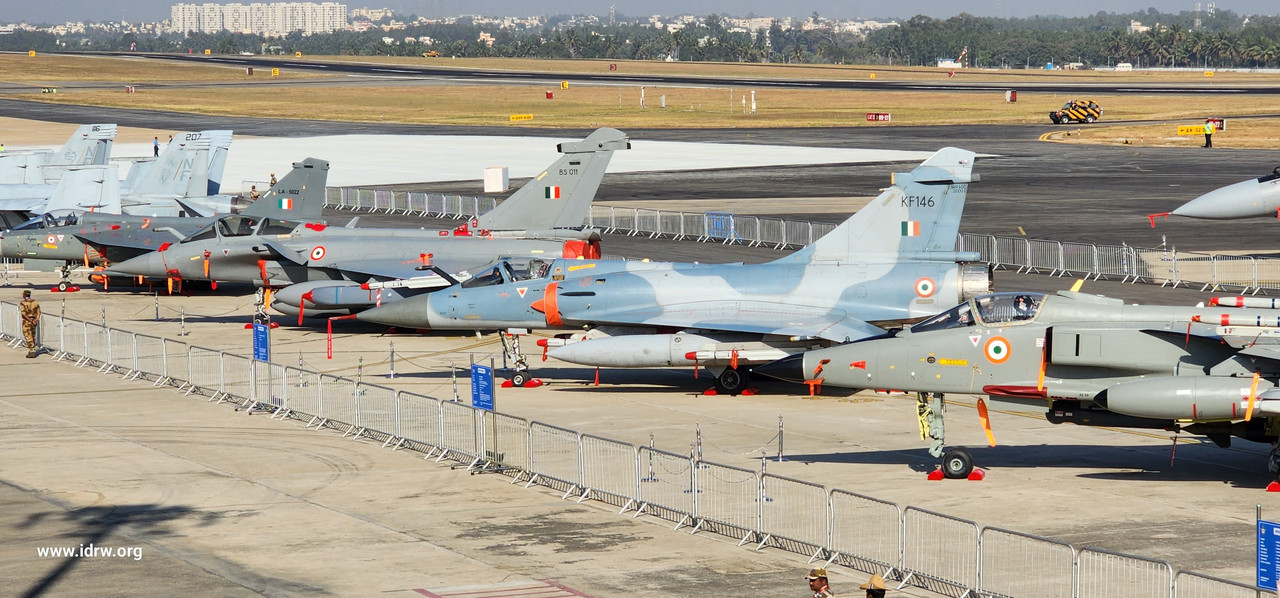SOURCE: RAUNAK KUNDE / NEWS BEAT / IDRW.ORG

The Indian Air Force’s (IAF) Mirage 2000 fighter jet has been a mainstay for decades, playing a crucial role in air defence and even forming part of India’s nuclear triad – the ability to deliver nuclear weapons by air, land, and sea.
The Mirage 2000 is capable of carrying a single nuclear weapon – a 20-kiloton bomb, exceeding the destructive power of the bomb used on Hiroshima. While details remain classified, modifications were reportedly made two decades ago to accommodate this weapon on the aircraft’s fuselage.
The arrival of the more advanced Rafale fighter jets sparked initial assumptions that they would take over the nuclear delivery role from the Mirage 2000s. However, this transition hasn’t materialized yet. With the Mirage 2000s approaching retirement by 2035, the IAF faces a critical decision: who will inherit the nuclear delivery mantle?
The Rafale possesses superior capabilities compared to the Mirage 2000. If India pursues local production of the Rafale through the Multi-Role Fighter Aircraft (MRFA) program, it could potentially be integrated for nuclear delivery.
However, the IAF might also consider the indigenously developed Advanced Medium Combat Aircraft (AMCA). This next-generation fighter jet boasts stealth technology and advanced avionics, potentially offering greater survivability in contested airspace during nuclear delivery missions.
The crucial factor lies in the AMCA program’s maturity. If the AMCA isn’t operational by 2035, the IAF might have to choose the Rafale, especially if a domestic production option becomes available through the MRFA program.
From a strategic perspective, the AMCA, with its stealth capabilities and advanced avionics, seems like the ideal long-term solution. However, the IAF’s decision will ultimately depend on the technological maturity of the AMCA program and the potential availability of a locally produced Rafale.
The IAF’s selection of a successor for the Mirage 2000 in the nuclear delivery role is a critical decision with significant strategic implications. The chosen aircraft will need to be not only technologically advanced but also operational by 2035 to ensure a seamless transition and maintain the credibility of India’s nuclear triad.
NOTE : Article cannot be reproduced without written permission of idrw.org in any form even for YouTube Videos to avoid Copy right strikes. Websites doing illegal reproductions will get DMCA and Legal Notices.